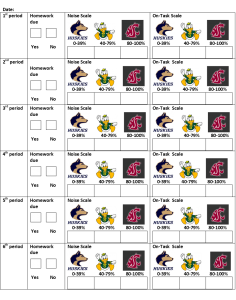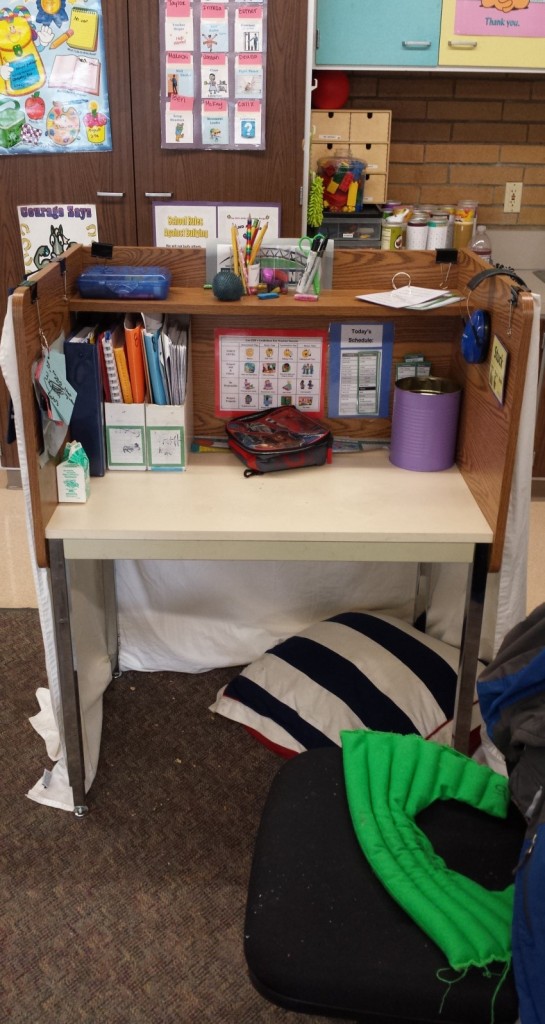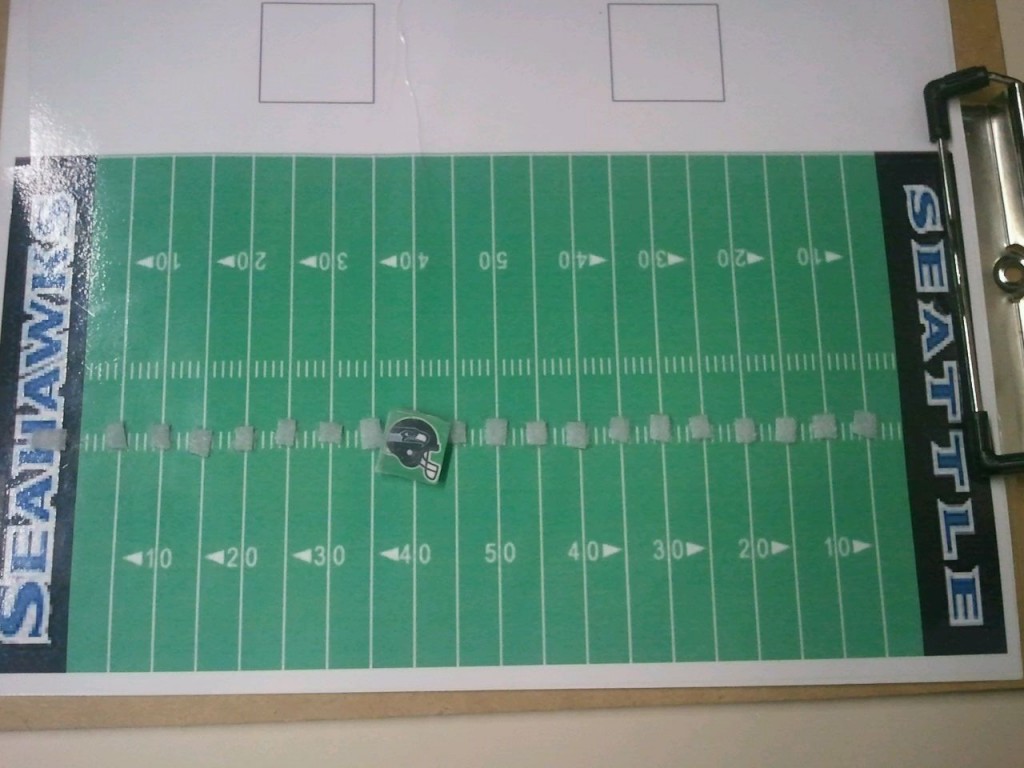We are all born with strengths and deficits. Those who play to their strengths will grow into champions. And for those who find ways to turn their deficits into strengths, the road to becoming a champion is much quicker and rewarding. When sitting down with an individual with High Functioning Autism, you quickly learn of their “deficit” of having a “highly-restricted interest.” When you interpret “highly restricted” as just “highly focused” and integrate that intense interest into a child’s well-designed program, things can really start happening.
 For years as an educator and consultant, I have sought out ways in which the learner can become more interested in their program by finding out their topics of high focus and integrating them into their designed program. For one Star Wars fan, I turned an anxiety rating scale into a Jedi Tool Kit. For a middle school student who was into Washington State football, a daily behavior tracker that was scored in terms of Huskies to Cougars. I even turned a visual schedule into an Angry Birds game in which different birds would get knocked down as assignments were completed. The success rate in each has varied, but none were as life changing as the program inspired by the Seattle Seahawks.
For years as an educator and consultant, I have sought out ways in which the learner can become more interested in their program by finding out their topics of high focus and integrating them into their designed program. For one Star Wars fan, I turned an anxiety rating scale into a Jedi Tool Kit. For a middle school student who was into Washington State football, a daily behavior tracker that was scored in terms of Huskies to Cougars. I even turned a visual schedule into an Angry Birds game in which different birds would get knocked down as assignments were completed. The success rate in each has varied, but none were as life changing as the program inspired by the Seattle Seahawks.
Jordan was your average 2nd grader with High Functioning Autism working to succeed in his general education classroom. He was completely unique, very special, and in need of some tinkering with his program. In my supportive role to educators, I was asked to come offer help to Jordan’s team, which had had limited success despite putting in countless hours and a great deal of energy. After months of meetings and observations, redesigning and re-aligning, we decided to turn Jordan’s interest into his strength. Enter, the Seattle Seahawks.
Jordan loved the Seahawks. He could tell you the name of every player, their stats, and the score to every game for the last three years. So when we sought his help in transforming his work space into the “Hawks Nest,” his ears perked up. Over the period of a year, the team built on this concept and built a masterpiece. His desk stands as a shrine to what differentiated support can look like: detailed in design, realistic for the student and educator to navigate, and completely student centered. Even the reinforcement token board I put together for him is a football field with a helmet that advances five yards for great work. When he scores a touchdown, Jordan gets a prize.
Over a year’s time, Jordan has changed. His most challenging behaviors? Extinguished. His constant talking out in class? Minimized. It’s hilarious because now in our team conversations, we often talk about how many yards a certain behavior is worth. And we remind each other to ask Jordan when he’s having a tough moment, “What would Russell Wilson do?” The team has embraced the changes in Jordan’s program and so has he. More than once, he’s told the teacher trying to provide guidance in an assignment, “I just need you to back up and be my 12th man right now.”
Jordan has a long road ahead of him still, but his journey thus far has been nothing short of spectacular. While we cannot definitively say that the Seattle Seahawks changed the world of Autism for this boy, we do know this – when teams work cohesively in implementing researched-based interventions and take the perspective and interests of the learner into consideration, amazing things can happen. Handicapped learners can learn, exhausted educators can be rejuvenated, and we get take to part in our highly-restricted interest – changing the lives of children.







